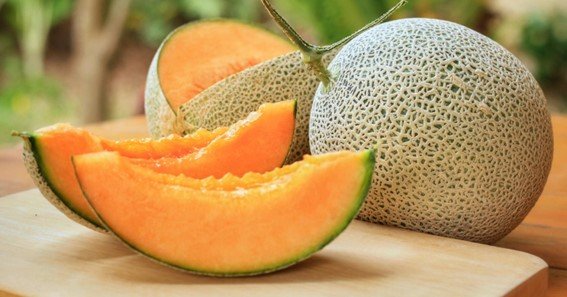Learn how to tell if a cantaloupe is ripe with simple techniques. Discover tips on appearance, texture, aroma, and weight for selecting the sweetest melons.
How to Tell If a Cantaloupe Is Ripe: The Ultimate Guide
Choosing the perfect cantaloupe ensures a sweet and juicy treat. If you’re wondering how to tell if a cantaloupe is ripe, the answer lies in examining its appearance, texture, and aroma. With a few quick checks, you can pick the perfect melon every time.
5 Key Tips to Identify a Ripe Cantaloupe
- Inspect the Color
- Look for a creamy, golden, or tan color beneath the net-like rind. Avoid cantaloupes with green or gray undertones, as these are usually unripe.
- Feel the Texture
- Gently press the stem end (where the fruit was attached to the vine). It should feel slightly soft but not mushy. A firm stem end suggests the cantaloupe is not yet ripe.
- Check the Weight
- A ripe cantaloupe feels heavy for its size, indicating it is full of juice. Compare melons of the same size and pick the heavier one.
- Smell the Blossom End
- The blossom end (opposite the stem) should have a sweet, musky aroma. If there’s no scent, the melon might not be ripe.
- Examine the Netting
- The rind should have well-defined, raised netting. Prominent netting is a good indicator of ripeness.
Why These Methods Work
Cantaloupes don’t ripen much after being picked, so selecting the right one at the store is crucial. These tests—color, texture, weight, aroma, and netting—help ensure you bring home a melon that is ready to eat.
Storage Tips for Ripe Cantaloupes
- Whole Melons: Store in the refrigerator for up to five days.
- Cut Pieces: Place in an airtight container and refrigerate. Consume within three days for the best flavor.
FAQ
- How to tell if a cantaloupe is ripe at the grocery store?
- Look for golden or tan coloring, a sweet aroma at the blossom end, and a heavy feel relative to its size.
- Can a cantaloupe ripen after being picked?
- Cantaloupes soften slightly after harvest but don’t become sweeter. It’s best to pick one that’s already ripe.
- What does an overripe cantaloupe look like?
- Overripe cantaloupes may have a strong, fermented smell, mushy spots, or cracks on the rind.
- Is it safe to eat unripe cantaloupe?
- While safe, unripe cantaloupes lack sweetness and have a firmer texture, making them less enjoyable to eat.
- Why is the netting on a cantaloupe important?
- Raised and well-defined netting is a sign the fruit ripened fully on the vine, leading to better flavor and texture.
By understanding how to tell if a cantaloupe is ripe, you can select the perfect melon for your table every time. Whether you’re planning a refreshing summer salad or a healthy snack, these tips will ensure your cantaloupe is at its peak sweetness and juiciness.










